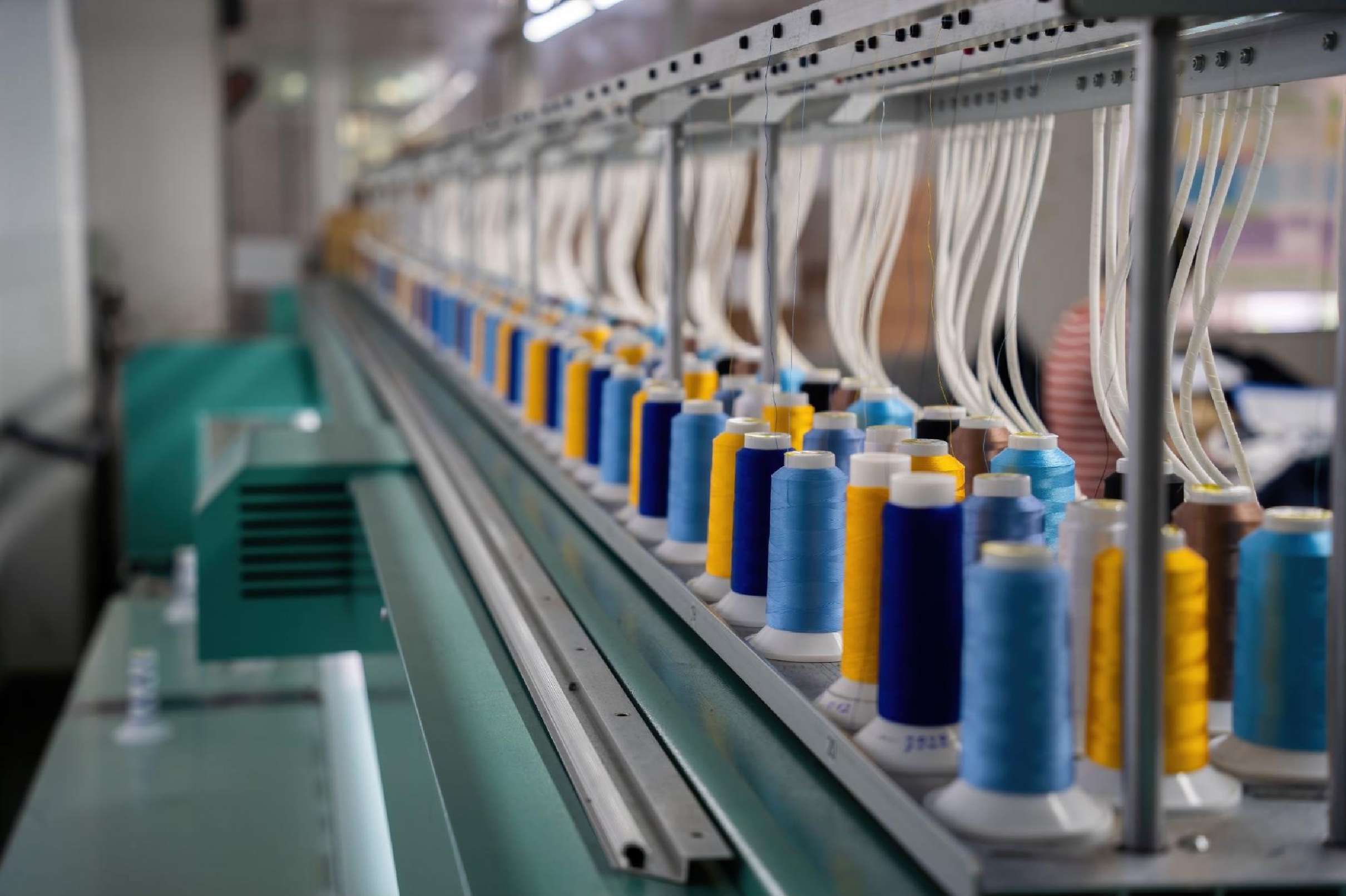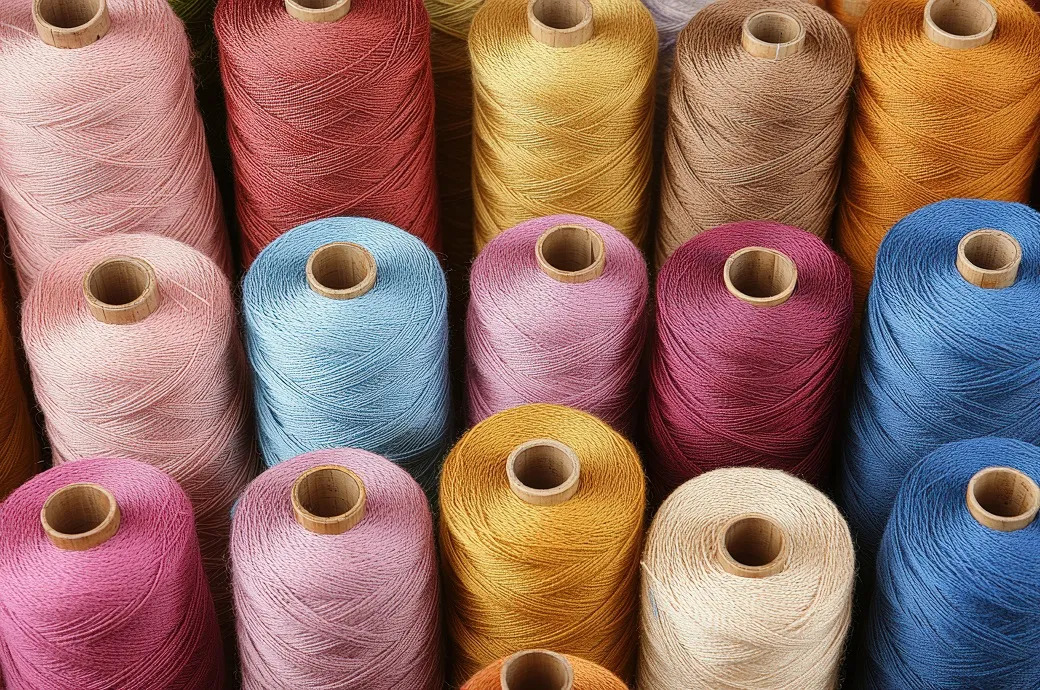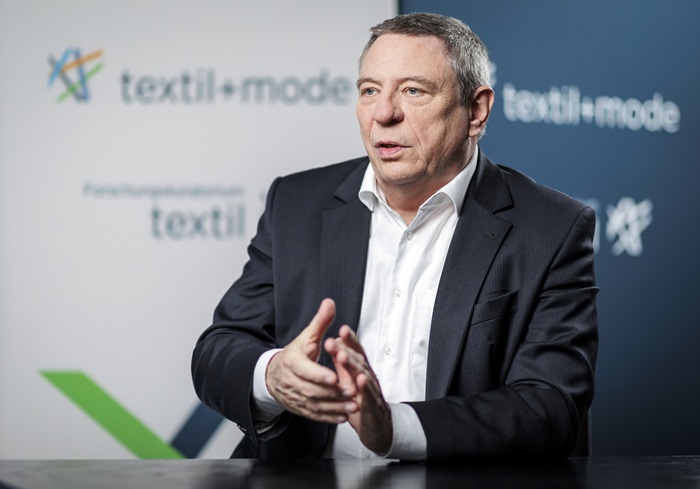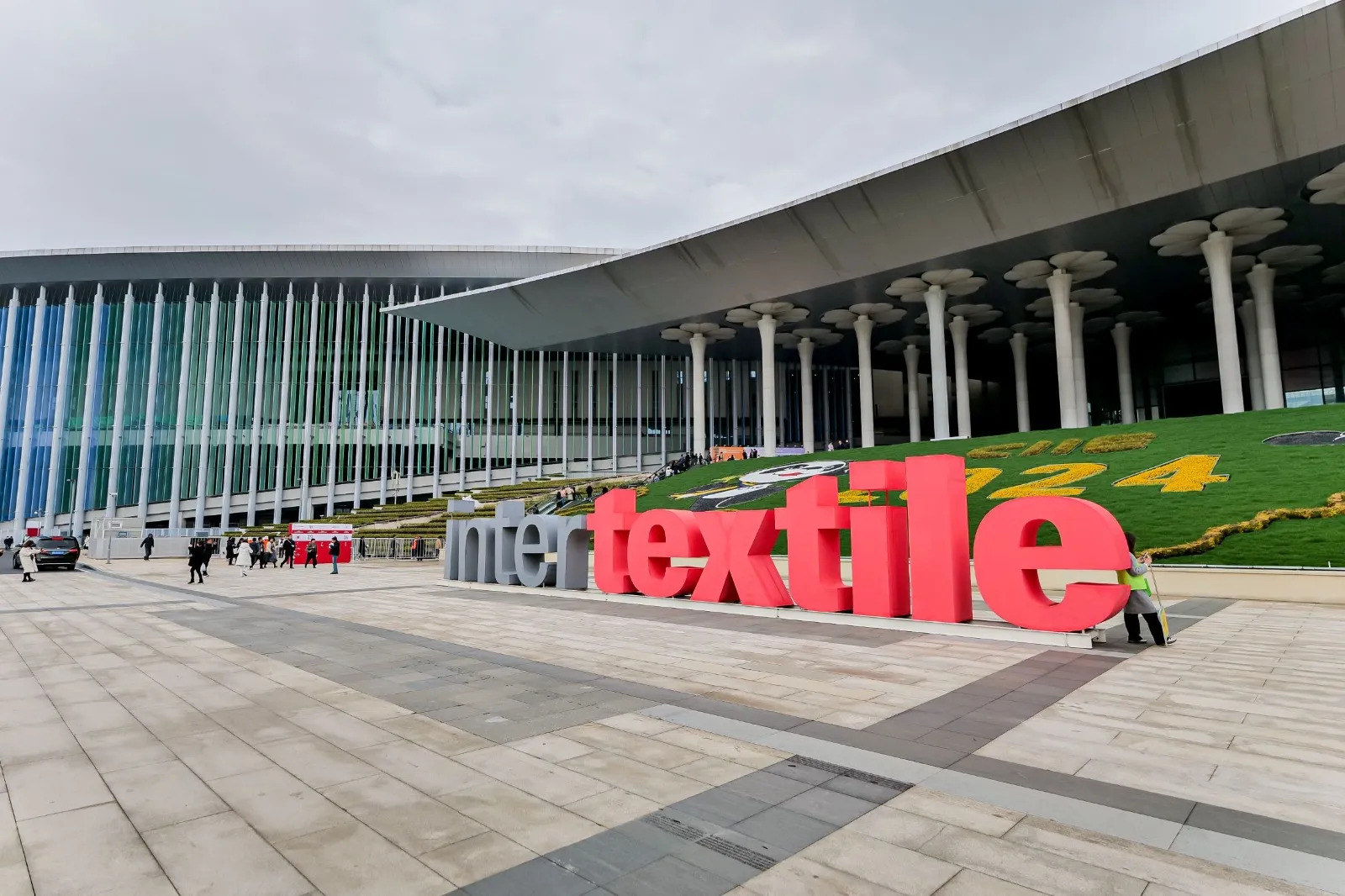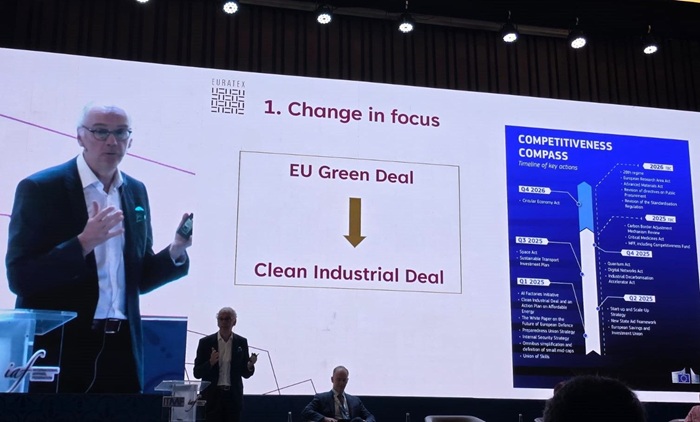Produced by the symbiotic culture of bacteria and yeast (SCOBY) found in kombucha, Bacterial Cellulose is emerging as a promising sustainable textile.
A byproduct of sugar and tea fermentation, this unusual substance is chemically similar to cotton but ten times stronger. Researchers are exploring its potential to revolutionize the fashion industry, which currently relies on environmentally costly materials like cotton (requiring vast amounts of water and pesticides) and synthetic fibers (derived from fossil fuels).
The process of creating bacterial cellulose involves cultivating a SCOBY in sugared tea. As the microbes consume the sugar, they produce cellulose fibers, forming a dense mat that can be harvested and processed.
Despite its non-plant origin, bacterial cellulose possesses remarkable qualities. It’s incredibly pure, highly absorbent, boasts impressive tensile strength, is natural, non-toxic, has a low environmental footprint, and is biodegradable. These properties make it suitable for various applications, including clothing, footwear, accessories, and even biomedical uses like gauze bandages due to its natural antibacterial properties. It can also be dyed, sewn, and treated to achieve different textures, offering a versatile alternative to leather.
One of the most exciting prospects is the possibility of growing bacterial cellulose in molds shaped like clothing pieces, minimizing the 15-20 per cent material waste common in traditional fabric cutting. This could significantly reduce textile industry pollution, which consumes enormous amounts of water and energy and generates vast quantities of microplastics.
While the potential is significant, scalability remains a challenge. Current fermentation methods are also water-intensive, producing acidic wastewater that's difficult to reuse. Additionally, while it can readily replace cotton, bacterial cellulose doesn't yet match the durability and elasticity of some synthetic fibers.
Despite these challenges, researchers worldwide are working to overcome these limitations. If successful, clothing and shoes in future could be made from sugar and tea, drastically reducing the environmental impact of the fashion industry.

